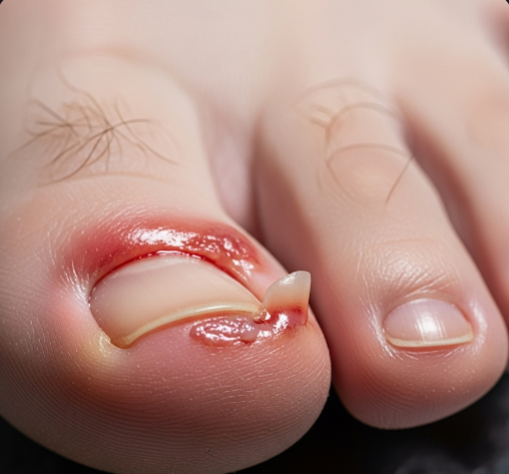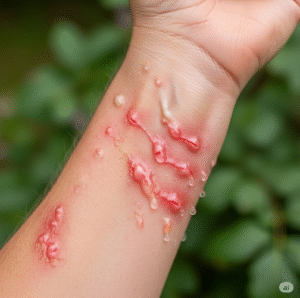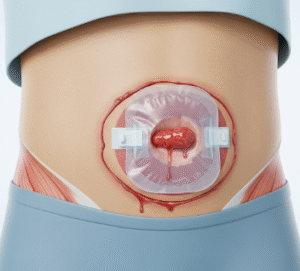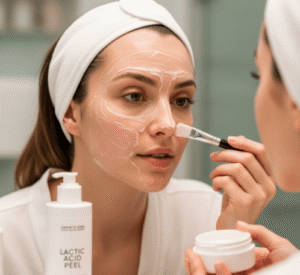Overview
Ingrown toenails, medically known as onychocryptosis, are a common and painful condition where the edge of a toenail grows into the surrounding skin, causing inflammation, discomfort, and sometimes infection. This condition most frequently affects the big toe and can severely impact daily activities due to pain and swelling. In Korea, podiatrists and dermatologists offer effective treatments ranging from conservative care to minor surgical procedures, ensuring relief and preventing recurrence.
What Is an Ingrown Toenail?
An ingrown toenail occurs when the side or corner of a toenail grows into the adjacent skin fold instead of over it. This causes the skin to become inflamed and irritated. If untreated, the area may become infected, leading to redness, pus formation, and increased pain. The condition often develops gradually but can become acutely painful and debilitating.
Symptoms
- Pain and tenderness along the edges of the toenail
- Redness and swelling around the affected nail
- Formation of pus or drainage in infected cases
- Thickening or hardening of the surrounding skin
- Difficulty walking or wearing shoes due to pain
- Recurrent episodes if untreated
Causes
- Improper nail trimming, such as cutting nails too short or rounding edges
- Wearing tight or ill-fitting shoes that compress the toes
- Trauma or injury to the toenail
- Genetic predisposition to curved or thickened nails
- Poor foot hygiene
- Fungal infections altering nail shape and texture
- Repetitive activities putting pressure on the toes (e.g., sports)
Risk Factors
- Adolescents and young adults who are more physically active
- People with naturally curved or thick nails
- Those with diabetes or peripheral vascular disease, increasing infection risk
- Improper nail care habits
- Occupations or sports involving repetitive toe trauma
- Wearing tight, narrow, or high-heeled shoes
Complications
- Secondary bacterial or fungal infections
- Abscess formation requiring drainage
- Chronic pain and difficulty walking
- Spread of infection to underlying bone (osteomyelitis) in severe cases
- Nail deformity or permanent damage if recurrent
Prevention
- Trim toenails straight across and avoid cutting them too short or rounded
- Wear properly fitting shoes with enough room for toes
- Maintain good foot hygiene and keep feet dry
- Avoid repetitive trauma to the toes
- Inspect feet regularly, especially for those with diabetes or circulation problems
- Seek early treatment for any toe pain or swelling
Treatment Options in Korea
Korean podiatry and dermatology clinics offer a wide range of treatments to manage ingrown toenails effectively:
- Conservative Treatments:
- Soaking the foot in warm water to reduce swelling
- Topical or oral antibiotics if infection is present
- Proper nail care guidance and use of protective padding or splints
- Pain management with anti-inflammatory medications
- Minor Surgical Procedures:
- Partial nail avulsion (removal of the ingrown nail edge) under local anesthesia
- Phenolization or chemical matrixectomy to prevent regrowth of the problematic nail portion
- Complete nail removal in severe or recurrent cases
- Advanced Care:
- Laser treatment for fungal infections contributing to nail abnormalities
- Customized orthotic advice to prevent pressure on toes
- Patient Education:
- Training on proper nail trimming and footwear choices
- Recommendations for foot care maintenance
Korea’s healthcare professionals combine modern surgical techniques with patient-centered care and education, providing long-lasting relief and minimizing recurrence rates for ingrown toenails.













